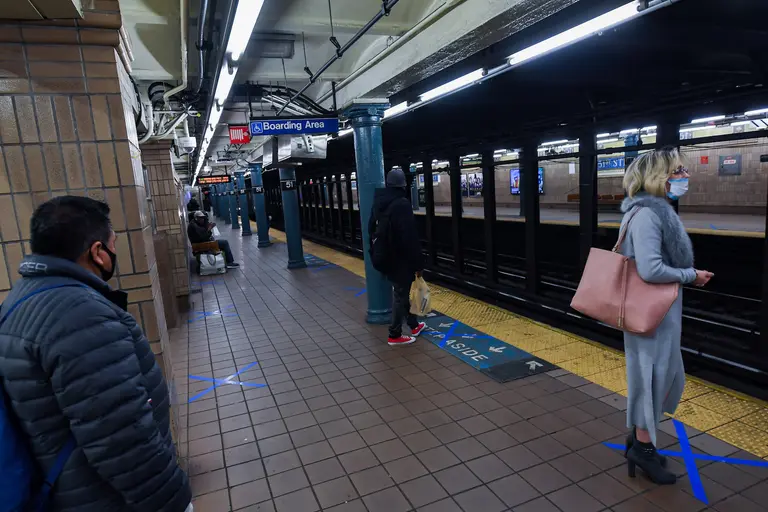
Photo: Marc A. Hermann / MTA New York City Transit on Flickr
MTA adds social distancing markers, considers reservation system for subway and bus
Details this way

Photo: Marc A. Hermann / MTA New York City Transit on Flickr
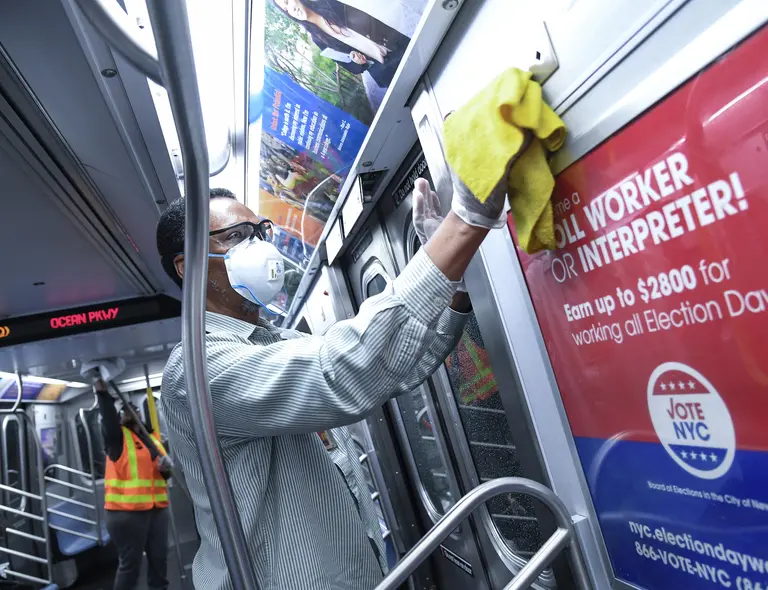
Photo by Marc A. Hermann/MTA New York City Transit via MTA/Flickr
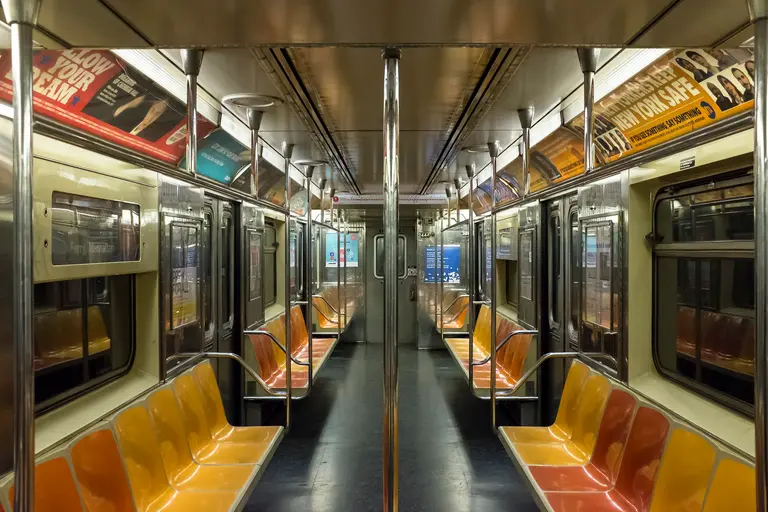
Photo by Billie Grace Ward on Flickr

Photo credit: Billie Grace Ward via Flickr

Photo credit: Billie Grace Ward via Flickr
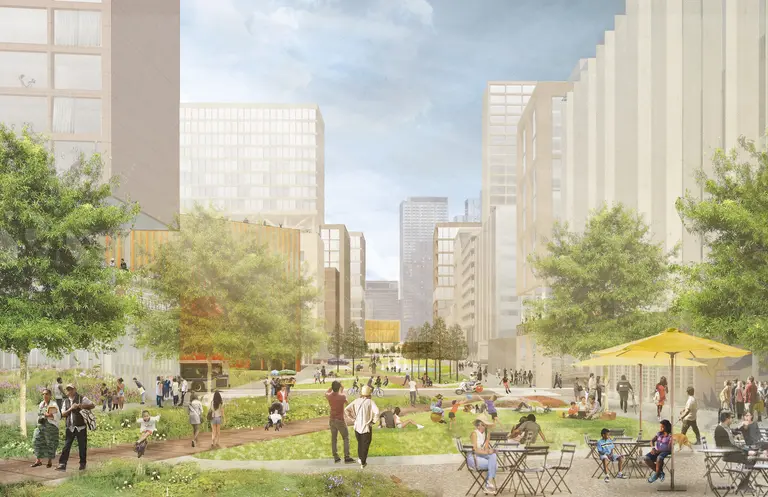
All renderings by the Practice for Architecture and Urbanism (PAU)

Photo by Marc A. Hermann / MTA New York City Transit, Flickr cc
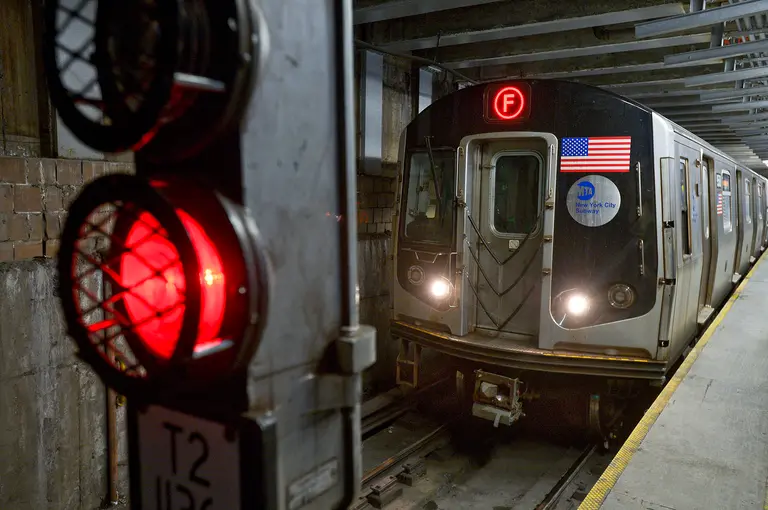
Photo by Patrick Cashin courtesy of MTA via Flick
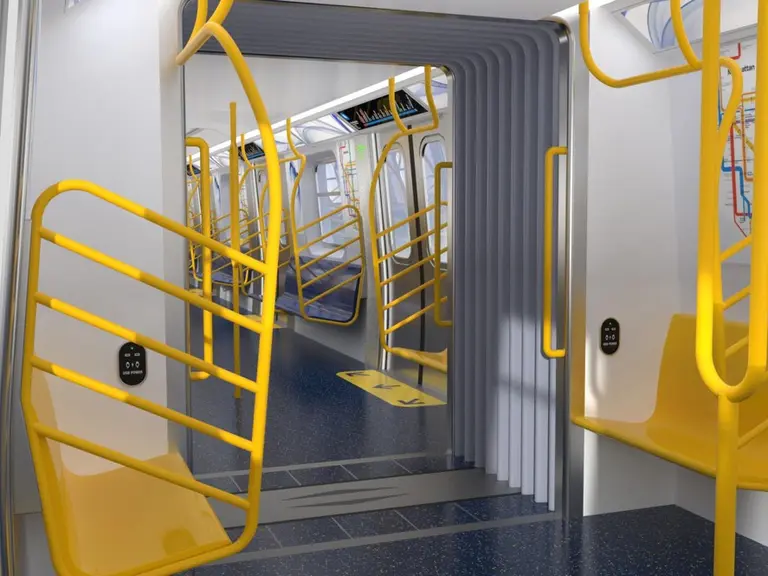
Images courtesy of MTA/Flickr

The final run of the R42 trains on the A line near Hammels Wye in the Rockaways on February 12, 2020. Photo by Marc A. Hermann / MTA New York City Transit
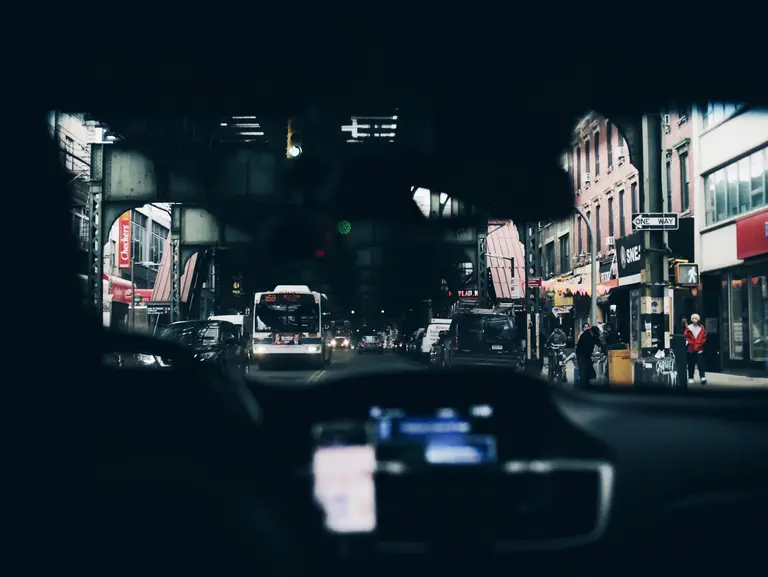
Photo by Patrick Tomasso on Unsplash
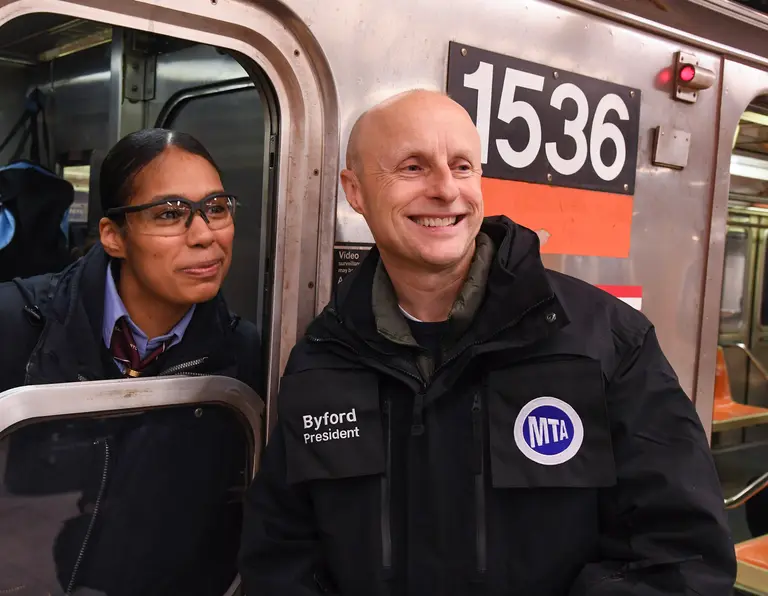
NYCT President Andy Byford spent New Year’s Eve 2019 going around the system thanking Transit employees and our partners in the NYPD. Photo: Marc A. Hermann / MTA New York City Transit via Flickr
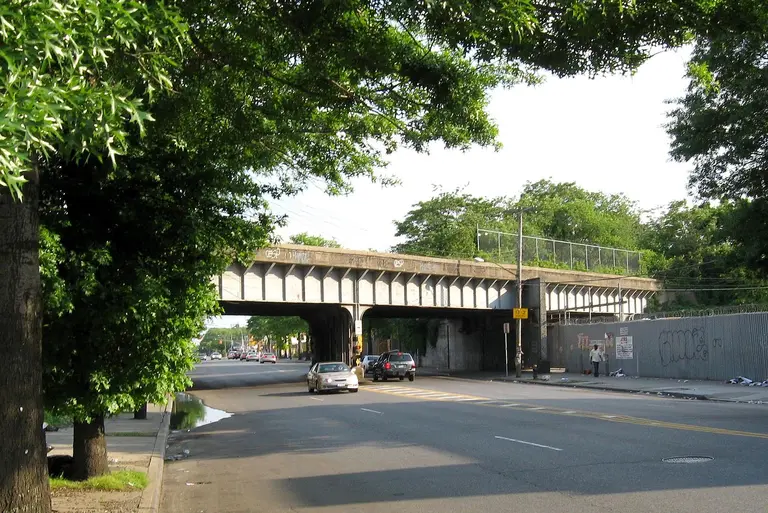
The Bay Ridge Branch crossing Ralph Avenue in Canarsie, photo by Jim Henderson / Wiki Commons
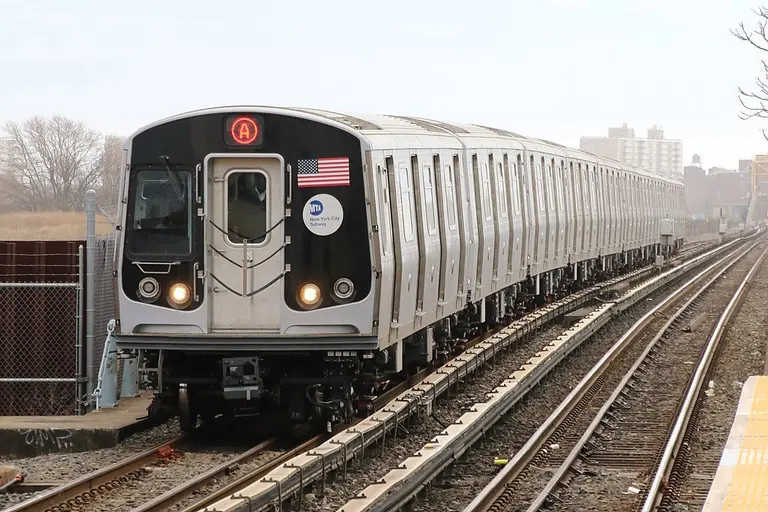
A R179 A train at Broad Channel; Photo by Mtattrain on Wikimedia
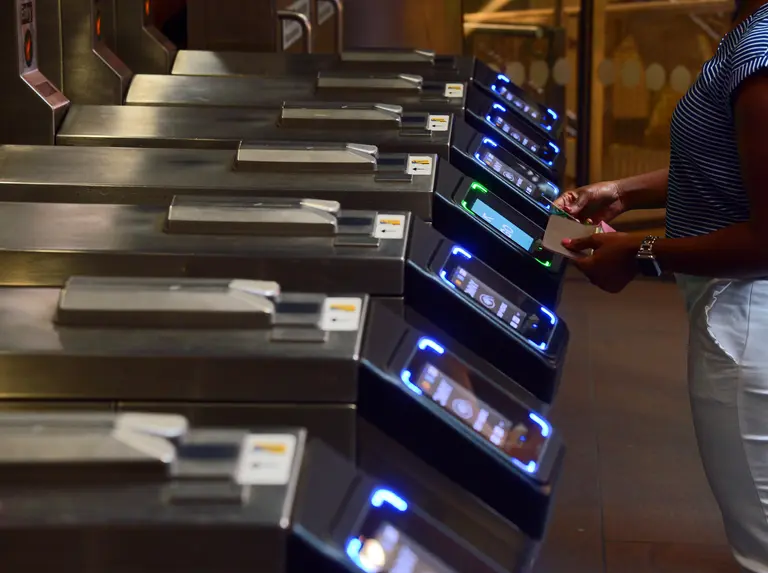
Photo: Marc A. Hermann / MTA New York City Transit / Flickr
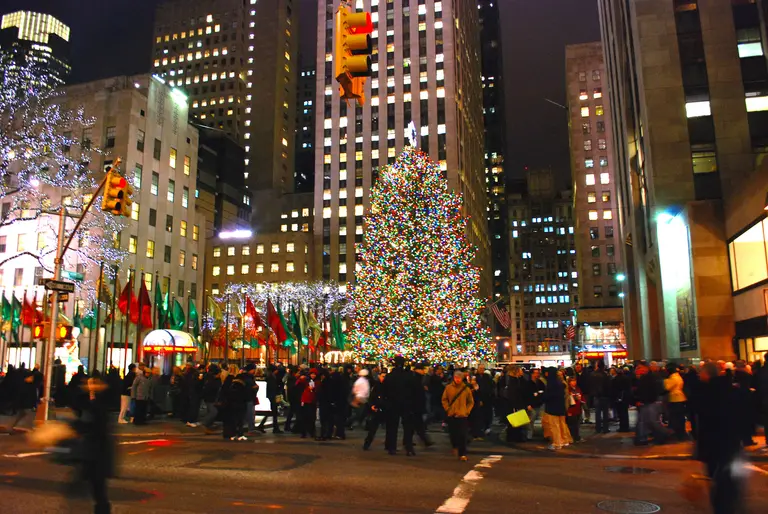
Photo by Javier Guiterrez Acedo on Flickr
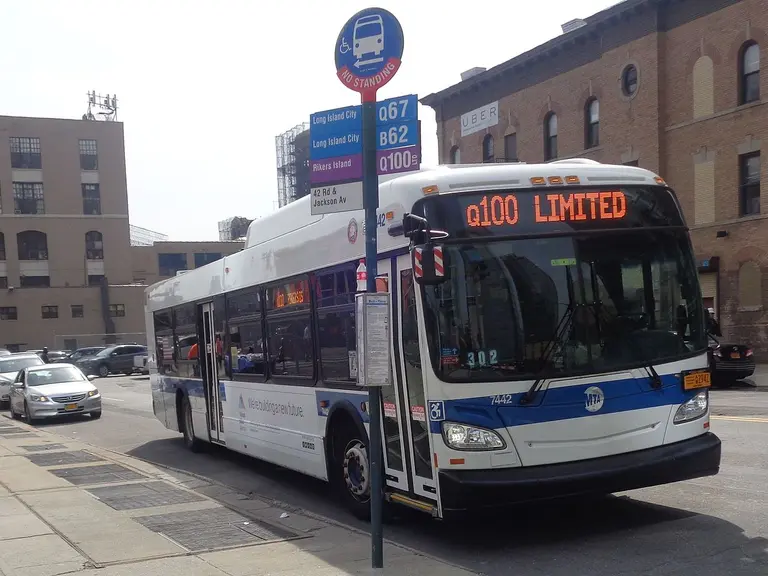
Photo by Tdorante10 via Wikimedia Commons
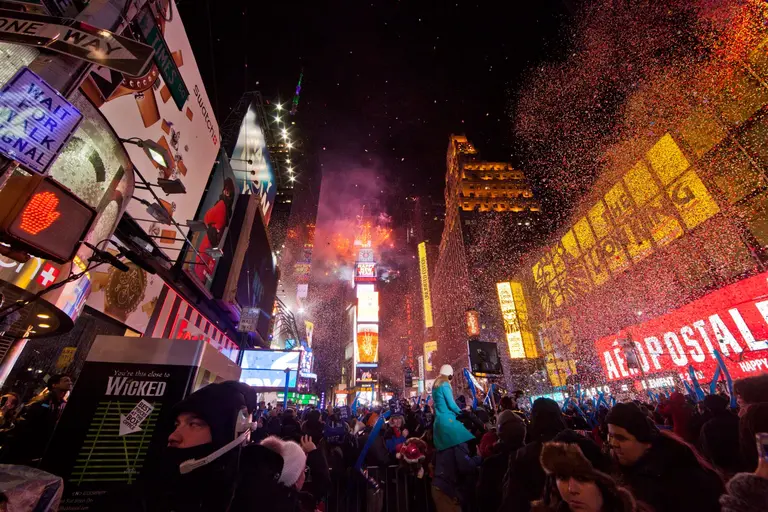
Image by Anthony Quintano via Flickr
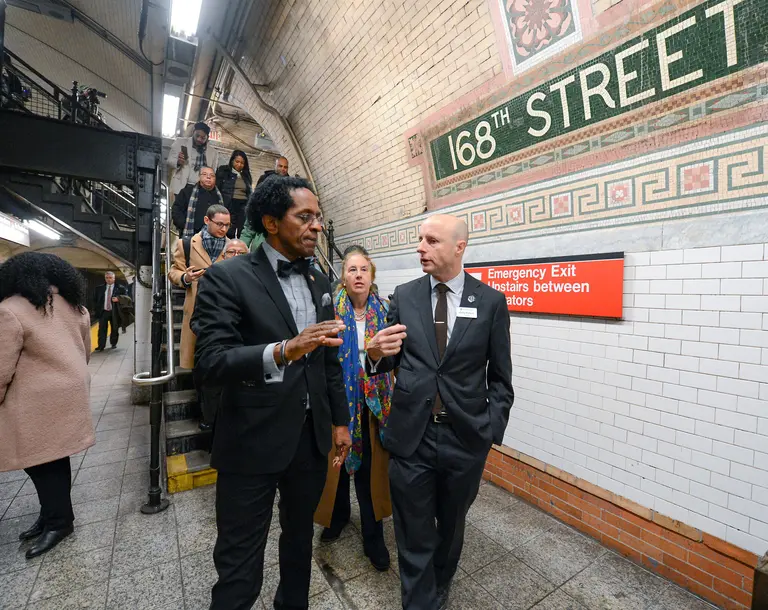
MTA New York City Transit President Andy Byford at the 168 St Station on Monday, December 23, 2019, along with Manhattan Borough President Gale Brewer and Assemblymember Al Taylor. Photo: Marc A. Hermann / MTA New York City Transit